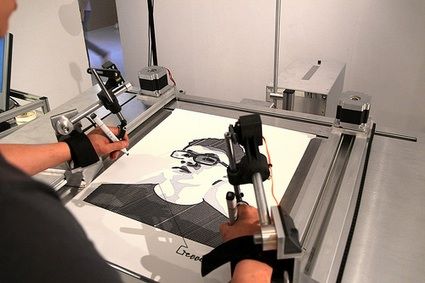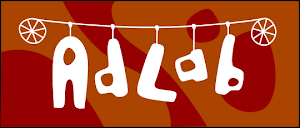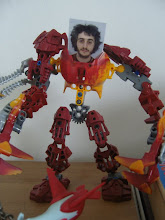Quite recently my application to get Milk Pixel included on the Southbank Bristol Arts Trail was accepted. Great stuff! As the application form was intended only for a single person or group it was necessary to create a name for myself and the three other guys that built Milk Pixel.
And so it my great pleasure to officially anounce our Digital Art collective: Potential Indifference. Those in the know will realise that this is quite similar to the official description of Voltage. The second reason for this name is that this is how our work may be viewed, we sit somewhere between engineering and art but not sure if we really impress people from either discipline...
Potential Indifference consists of:
The Southbank Bristol Arts trail will take place on the weekend of 8th & 9th May 2010. More details to follow about where to find Milk Pixel.





